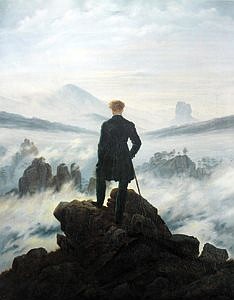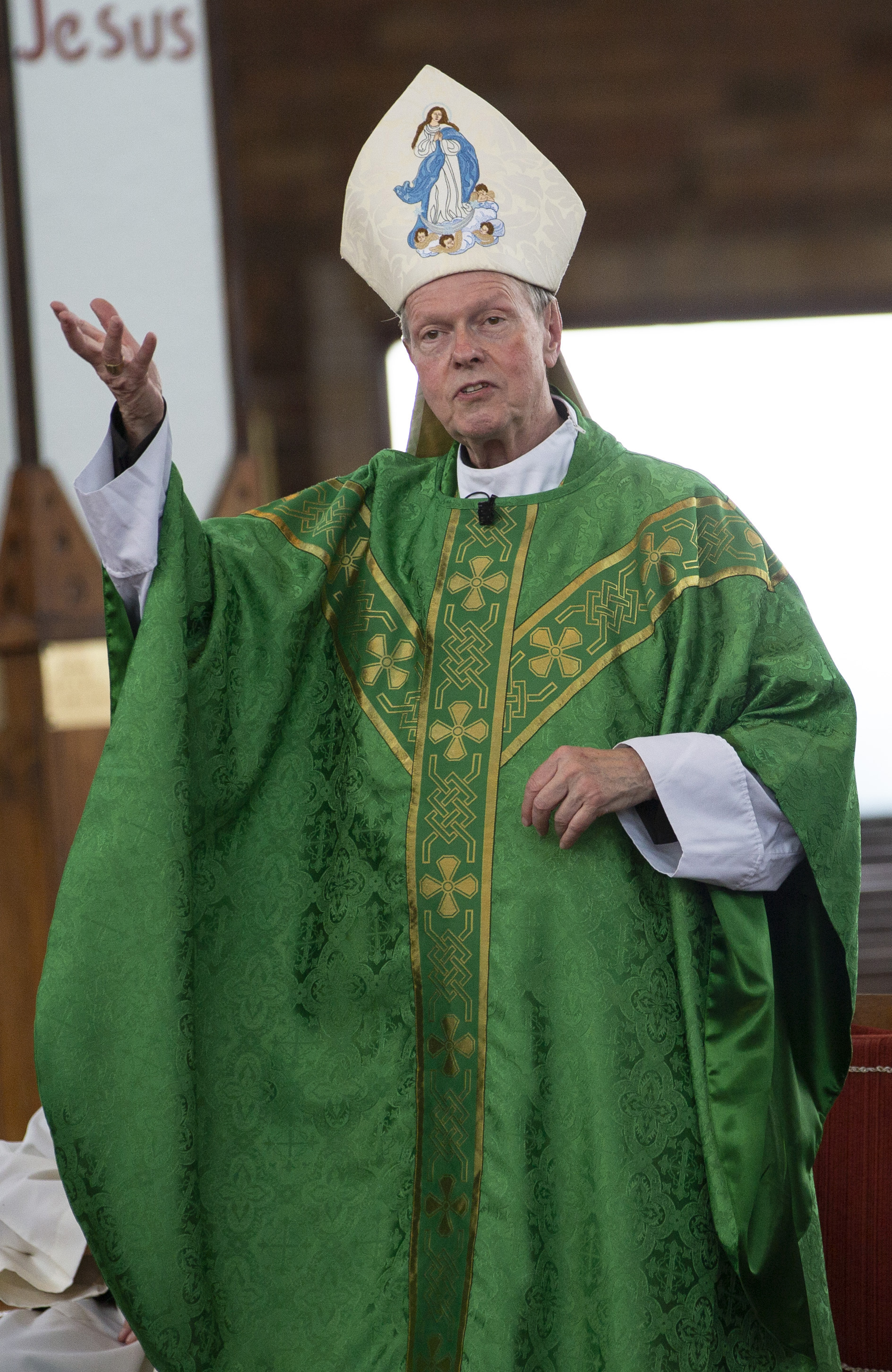November 19, 2018 at 10:03 p.m.
SEMINARIAN’S DIARY
On the mountain, marveling at God’s creation
Have you ever noticed that, when God has something important to tell us, it is often on a mountain?
This is true in the Old Testament: Witness Abraham’s halted sacrifice of Isaac and Moses’ receipt of the Ten Commandments. In the Gospels, it is on a mountain where Jesus is transfigured in front of Peter, James and John; and His famous sermon on the mount, as its name suggests, was preached to His disciples on a mountainside.
Private revelations as well, such as the Virgin Mary’s appearance to St. Bernadette, occurred at Lourdes, France, in the foothills of the Pyrenees Mountains.
What is it about mountains that make them ideal meeting points between the human and the divine?
Psalm 43 pleads to God to bring us “to your holy mountain, to the place of your dwelling.” In the past, when heaven was believed to be a place located beyond the stars, Christians who ascended high peaks undoubtedly felt closer in proximity to the Lord.
In some ways, our present view of God is more mature than that of previous generations, but I think we have lost some of our marvel for His creation.
The excesses of the age of Enlightenment, epitomized by the liturgical worship of human reason and the attempted annihilation of the Catholic Church during the French Revolution, led to a reaction throughout Europe. Romantics turned away from the Enlightenment’s cold rationalism and embraced the truth of intuition and the interior life, and many rediscovered the Christian faith that animated the spiritual lives of their medieval forefathers.
The concept of the sublime, a favorite theme for writers and painters of the 19th century, was an essential element of Romantic discourse. It is best exemplified in German artist Caspar David Friedrich’s 1818 painting “Wanderer Above the Sea of Fog.” In this masterwork, a man stands on the edge of a rocky precipice staring into an ocean of mist.
Undoubtedly, he is simultaneously filled with awe and fear as his soul communes with the infinite power of God, expressed in the terrible beauty of nature.
In our busy modern lives, many of us fail to seek that sense of the sublime by encountering our Lord through His creation. But what an evangelization tool it is! What is it about the natural world that causes even the most ardent atheist to feel a sense of wonder when looking up at a brilliant summer sunset or at the innumerable stars in a clear winter night sky, or over the edge of a mountain like the man in Friedrich’s painting?
Ask that same unbeliever why she feels a sense of longing or why he is overcome with emotion from this, and witness them fumble at an explanation. It is because this divine fingerprint is ever-present in the natural world that Pope Francis wrote, in the 2015 encyclical “Laudato Si’,” “The entire material universe speaks of God’s love, His boundless affection for us. Soil, water, mountains: Everything is, as it were, a caress of God.”
Thus, the pope forcefully argues, we must act to protect the Lord’s creation.
In the Diocese of Albany, we are blessed by abundant beauty of mountains all around us, with the Catskills in the west, the Adirondacks in the north and the Berkshires to the east, all just a short car ride away from the Capital Region.
I greatly look forward to my Christmas break from seminary, when I will walk the escarpment trail to the site of the Catskill Mountain House, a view that rivals any of Friedrich’s paintings. It will be just me, my breviary and, most importantly, the one I came to talk to: my God!
(Mr. McHale is a native of Holy Trinity parish in Hudson/Germantown.)
- Venezuela strikes, takeover plans violate international law, says Notre Dame scholar
- Pope Leo, bishops react to US capture of Maduro with concern for Venezuela
- Washington Roundup: Trump drops National Guard deployment, Roberts says Constitution remains ‘firm’
- Kentucky, Wisconsin bishops issue statements affirming dignity of migrants
- Son of Catholic influencer, prayed for by thousands, dies
- Israel bans dozens of aid groups from Gaza, including Caritas, drawing condemnation
- Trump’s order and Pope Leo’s vision for regulating AI: Can they converge?
- ‘Be open to what the Lord has in store for you,’ Pope Leo tells SEEK 2026 attendees
- Become a member of the Magi
- Full text: Pope Leo XIV Angelus address on Jan. 1, 2026








Comments:
You must login to comment.